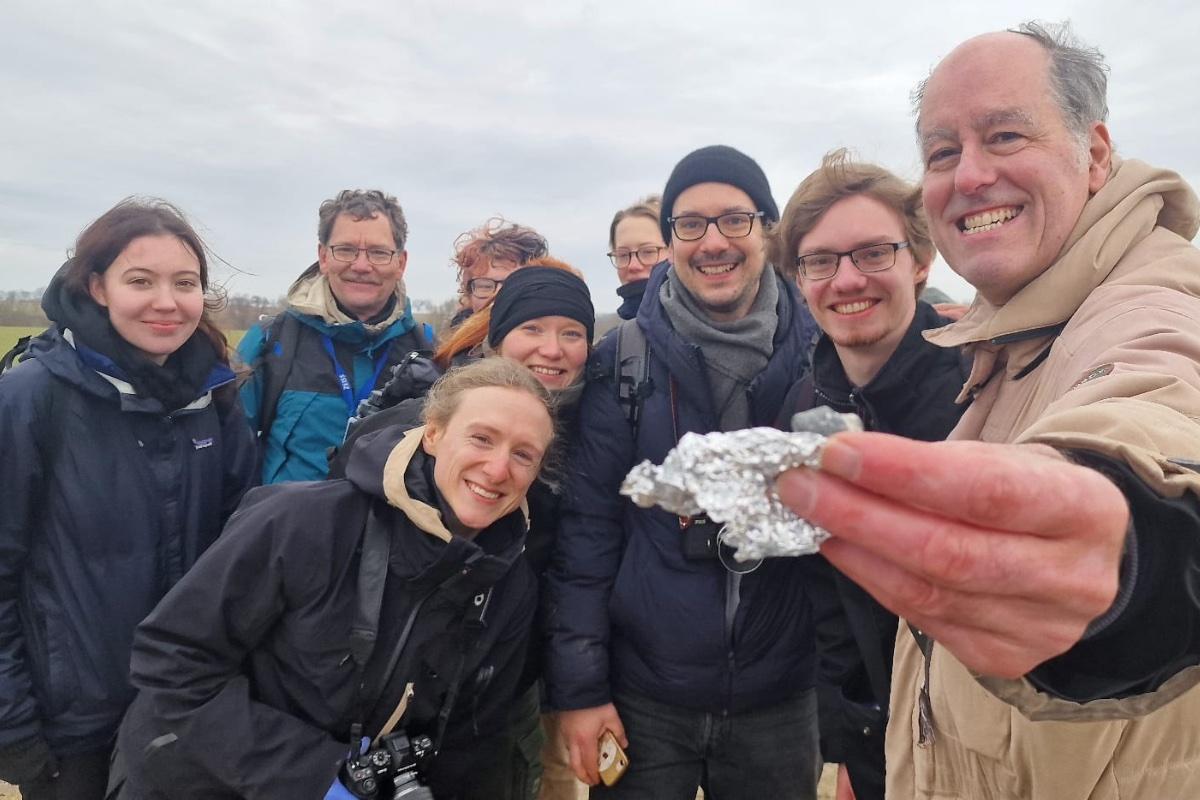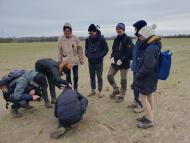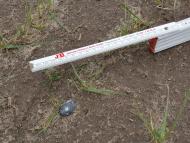Researchers from the Museum für Naturkunde Berlin and its cooperation partners, including the Freie Universität Berlin and the German Aerospace Center, have today discovered suspected fragments of the asteroid 2024 BX1, both almost the size of a walnut. Over the next few days, the pieces will be examined for their chemical composition and origin in the laboratories of the Museum für Naturkunde Berlin.
At the museum, the "Solar System, Impacts and Meteorites" department researches the history of the formation and collisions of our solar system, especially the Earth-like planets and small planets (asteroids). These were formed more than 4.5 billion years ago through progressive collision and agglomeration of particles that were originally the size of dust. These processes are primarily witnessed by chondritic meteorites, which have hardly been changed since their formation. Their study allows conclusions to be drawn about accretion in the early solar system and the associated physical and chemical parameters.
In the course of this, the department also addresses the central scientific questions of how our solar system, including its habitable planet Earth, developed into its current structure, but also whether a cosmic transfer of organic material could have laid the foundation for the emergence of life on Earth. The museum's meteorite collection with around 6,000 specimens of around 4,100 different meteorites also contributes to answering these and other scientific questions.



